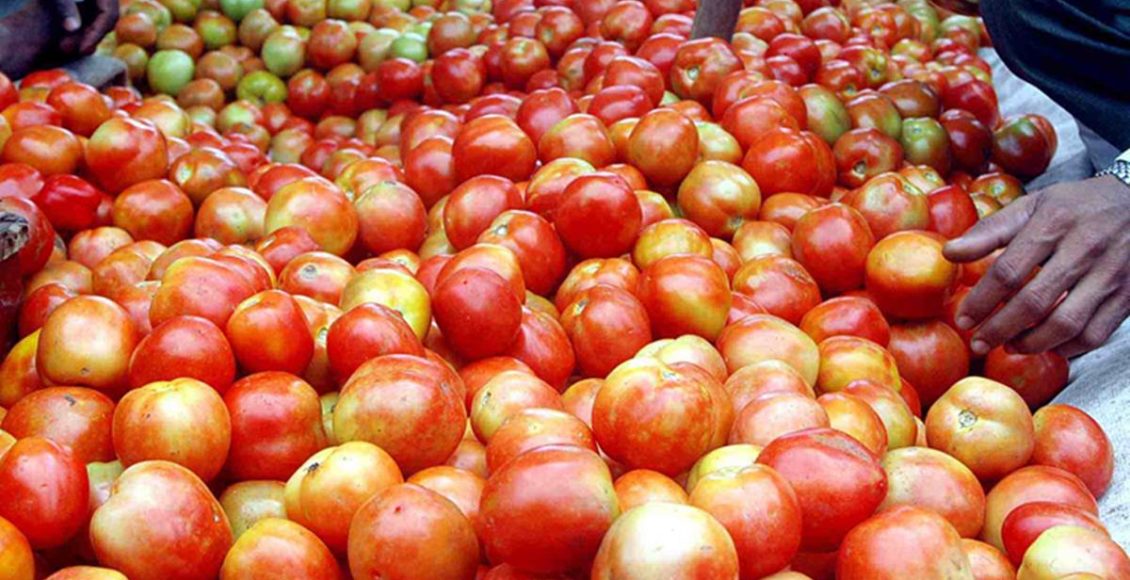
eNAM needs infrastructure upgradation, policy level changes, integrated agri marketing ecosystem to accelerate enforcement
Into the 3rd year of its existence,eNAM, a pan-India electronic national trading portal created for unified national market for agricultural commodities, has registered only 73.50 lakh farmers, 53,163 commission agents and over 1 lakh traders and integrated 585 APMC mandis from across 16 states and 2UT’s. In April 2016, the Central government launched National Agriculture Market (eNAM) platform (https://enam.gov.in/web/) for networking the existing APMC mandis. Small Farmers Agribusiness Consortium (SFAC) is the lead agency for implementing eNAM under the aegis of Ministry of Agriculture and Farmers’ Welfare, Government of India.
Agriculture markets in India are governed by the Agricultural Produce Market Committees (APMC) Act, for ensuring transparency in the markets and protecting the farmers from exploitation by the middlemen. However, limitation on the number of such markets in the states,lack of price and fee transparency, information gap and improper infrastructure led to failure of anticipated benefits under the APMC Act.
The e-NAM platform was designed to increase  competition among traders, enhance information flow on produce available, its quality and better price discovery to both buyers and sellers at the bidding markets. Unlike under APMC, eNAM also allows private players to buy directly from farmers, thereby shortening the supply chain and transferring the efficiency gains to the farmers.
competition among traders, enhance information flow on produce available, its quality and better price discovery to both buyers and sellers at the bidding markets. Unlike under APMC, eNAM also allows private players to buy directly from farmers, thereby shortening the supply chain and transferring the efficiency gains to the farmers.
However, the platform is yet to be fully functional in any state. The success and rapid adoption of the eNAM is dependent on a synergistic ecosystem among the stakeholders, enabling state level policies, appropriate infrastructure and flexibility of the agri marketing ecosystem. Lack of awareness of the tool, technical guidance for integration, lack of appropriate facilities coupled with improper internet connectivity in rural areas is impending the growth of the tool.
Enforcement of appropriate provisions required for e-trading on eNAM platform is imperative to ensure smooth diffusion. The following are few key components which can accelerate the appropriate adoption and integration of eNAM within the state level agri marketing system:
- Improving marketing system efficiency and dynamism through streamlining of physical infrastructure, by
- Establishment of post-harvest and cold chain infrastructure closer to the farmers’ field
- Creation of strong and standardized sorting and grading system
- Policy level changes to
- Amend state level marketing laws to streamline storage and supply of produce
- Encourage farm level procurement to establishment of effective linkages between the farm production and the retail chain and food processing industries.
- Synchronization of quality standards of agricultural produce
- Enabling provision for required quality testing infrastructure in every market to enable informed bidding by buyers.
- Systematic and accelerated registration of farmers, traders and commission agents to harness the benefits of the technology.
- Building synergistic relationships of network organizations and market agencies (including warehousing and collateral management agencies, financial institutions, logistic providers, training and extension organizations)
- Appropriate awareness building and training of stakeholders on the tool and model of integration needs to be demonstrated at ground level
The system demands for targeted enforcement of marketing regulations, prioritization of integration of markets with the platform to bridge the existing time and communication gap between demand and supply in agricultural supply chain. eNAM will be a significant step in transforming the agricultural value chain infrastructure in a more organized and transparent one. eNAM if implemented properly can help the sector reach the “One Nation One Market” goal.If effectively implemented, this tool can bring about a paradigm shift in the agri marketing systems of the country and can significantly contribute to the national goal of doubling famer’s income.
Author

 Grow Beyond
Grow Beyond 

